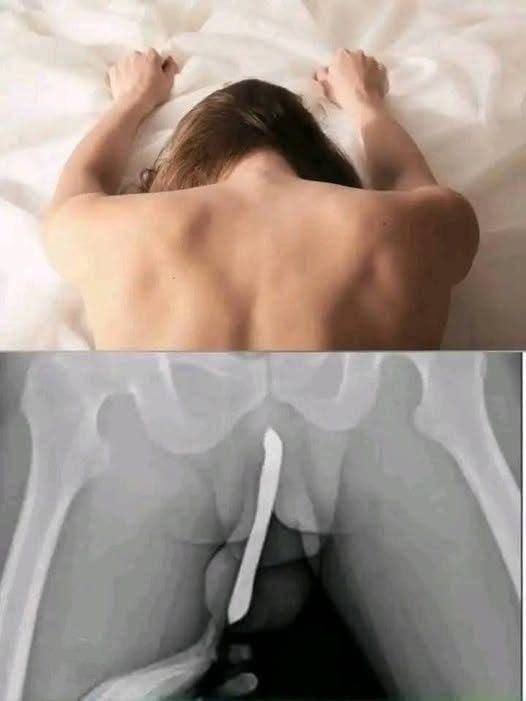If your partner always asks you behind your back, it’s because… See more

Human vulnerability is an inseparable part of life. No matter how strong, confident, or independent people may appear, the human body remains delicate—susceptible to injury, illness, and unforeseen accidents. This fragility is not a weakness; rather, it is a reminder of our shared humanity and the importance of care, empathy, and medical understanding.
In moments of crisis, vulnerability often reveals itself suddenly. A single unexpected event—a fall, an infection, a misjudged action—can bring someone face to face with their own limits. When this happens, the role of medical professionals becomes vital. Doctors, nurses, and paramedics are not just healers of the body; they are witnesses to human fragility. Their work requires not only technical knowledge but also emotional strength and compassion. They must see pain without turning away from it, and they must restore dignity even when a patient feels most exposed.
Modern medicine has transformed vulnerability from a private fear into a condition that can be treated, studied, and often healed. Diagnostic technologies like X-rays, CT scans, and MRIs allow doctors to see beneath the surface, identifying problems that would once have gone unnoticed. Yet this same visibility also carries a deeper truth: it exposes the inner workings of life itself, showing that beneath every layer of strength lies something tender and intricate.
In medical settings, vulnerability often creates unexpected moments of connection. A patient who feels frightened or ashamed may find comfort in a doctor’s calm tone or a nurse’s reassuring hand. These gestures, though small, affirm a universal truth—that every person, regardless of age or background, deserves care without judgment. Compassion in healthcare bridges the gap between clinical procedure and human experience.
At the same time, medical care teaches humility. Even with all our technology and skill, there are limits to what can be cured. This realization encourages respect for the human body as something both resilient and finite. It invites reflection on how we live, how we treat ourselves, and how we treat others in their moments of need.
Human vulnerability should not be seen as something to hide but as a space where understanding and healing can begin. When people accept their fragility, they open themselves to care, to empathy, and to the wisdom that comes from shared experience. Medical care, at its best, honors this truth by turning vulnerability into a pathway toward strength.
In the end, every act of healing—whether physical, emotional, or spiritual—is a partnership between vulnerability and compassion. It reminds us that being human means depending on others sometimes, trusting that help will come, and recognizing that our fragility is what connects us most deeply to one another.
